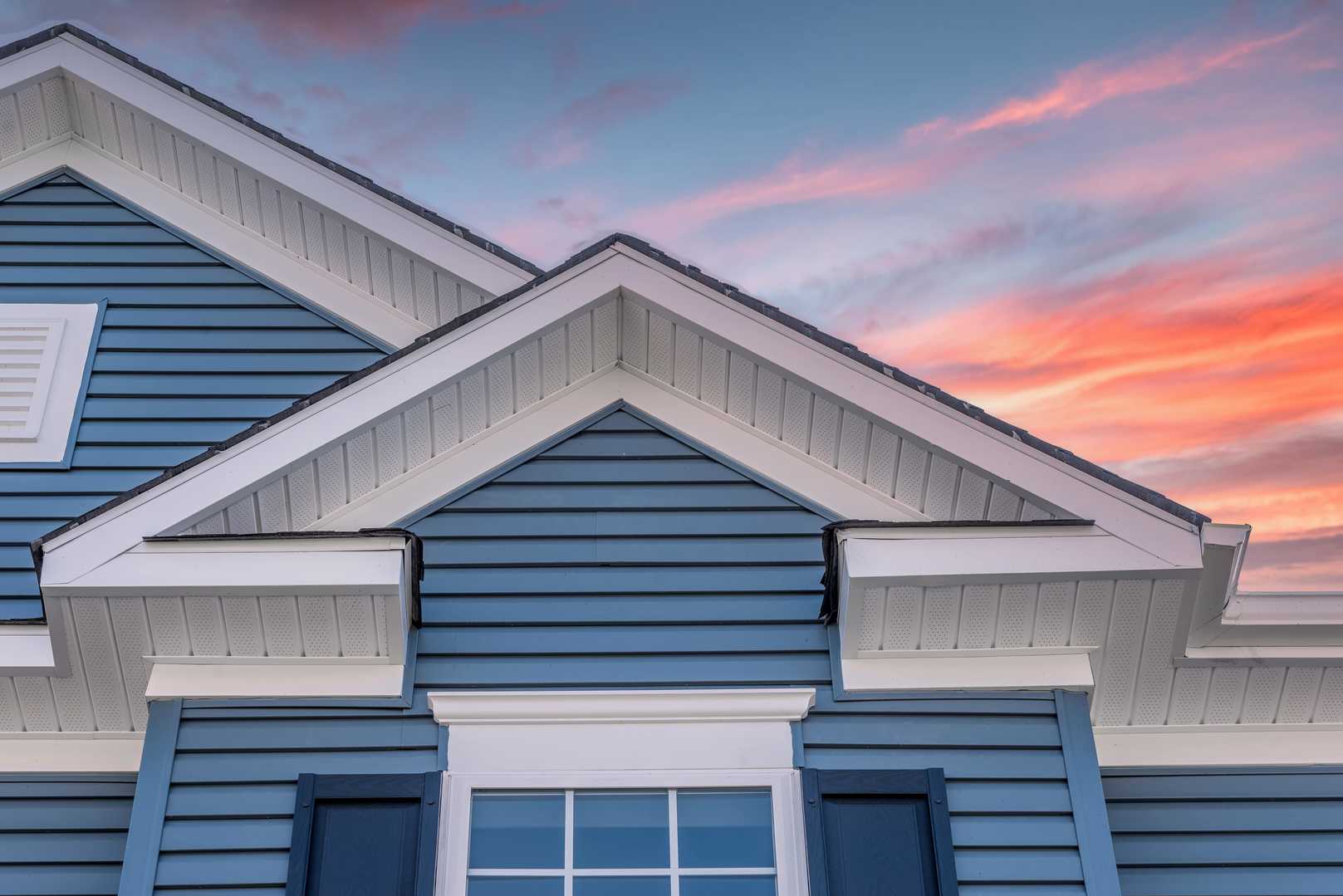When planning a home renovation, one of the significant aspects to consider is the cost of new siding. Siding not only protects your home from the elements but also dramatically enhances its curb appeal. However, budgeting for this can be challenging. This comprehensive guide aims to help you budget effectively for new siding, ensuring you get the best value without compromising on quality.
Understand the Cost Factors
The cost of siding varies based on several factors:
- Material: Common siding materials include vinyl, wood, fiber cement, and metal. Each has different price points, with vinyl being generally the most cost-effective and wood being more expensive.
- Home Size and Layout: Larger homes require more material and labor, increasing the cost. Additionally, complex layouts with more corners and edges can raise installation costs.
- Removal of Old Siding: If your project involves removing old siding, factor in these additional labor and disposal costs.
- Additional Features: Upgrades like insulation, decorative trims, or specialized finishes will add to the overall cost.
Set a Realistic Budget
Start by getting quotes from several siding contractors to understand the market rates in your area. Ensure these quotes break down the costs of materials, labor, and any additional fees. Once you have a ballpark figure, set a budget that includes a contingency fund of around 10-15% for unforeseen expenses.
Choosing the Right Material Balancing cost and quality is crucial when selecting siding material:
- Vinyl Siding: It’s affordable, durable, and low maintenance, making it a great choice for budget-conscious homeowners.
- Fiber Cement: Slightly more expensive, but it offers longevity and resistance to elements.
- Wood Siding: While beautiful, it requires more maintenance and can be costlier.
Save Without Sacrificing Quality
- Compare Quotes: Don’t just go with the first contractor. Compare multiple quotes to ensure you get a competitive price.
- Opt for Value Over Cheap: Cheapest isn’t always best. Invest in good-quality materials that offer durability and require less maintenance in the long run.
- Time it Right: Sometimes, undertaking renovations during the off-peak season can be cheaper, as contractors might offer discounts.
- Do Some Work Yourself: If you’re handy, consider doing some of the work, like removal of old siding or painting, yourself.
Plan for Long-Term Savings
Investing in energy-efficient options, though initially more expensive, can save money in the long run through reduced energy bills. Insulated siding, for example, can help in maintaining indoor temperatures, lowering heating and cooling costs.
Budgeting for new siding involves balancing various factors, including material costs, labor, and any additional features. By understanding these aspects, comparing quotes, and choosing the right material, you can make informed decisions that align with your budget and home improvement goals. Remember, effective budgeting and choosing quality materials can save you money in the long term by reducing maintenance and energy costs.



